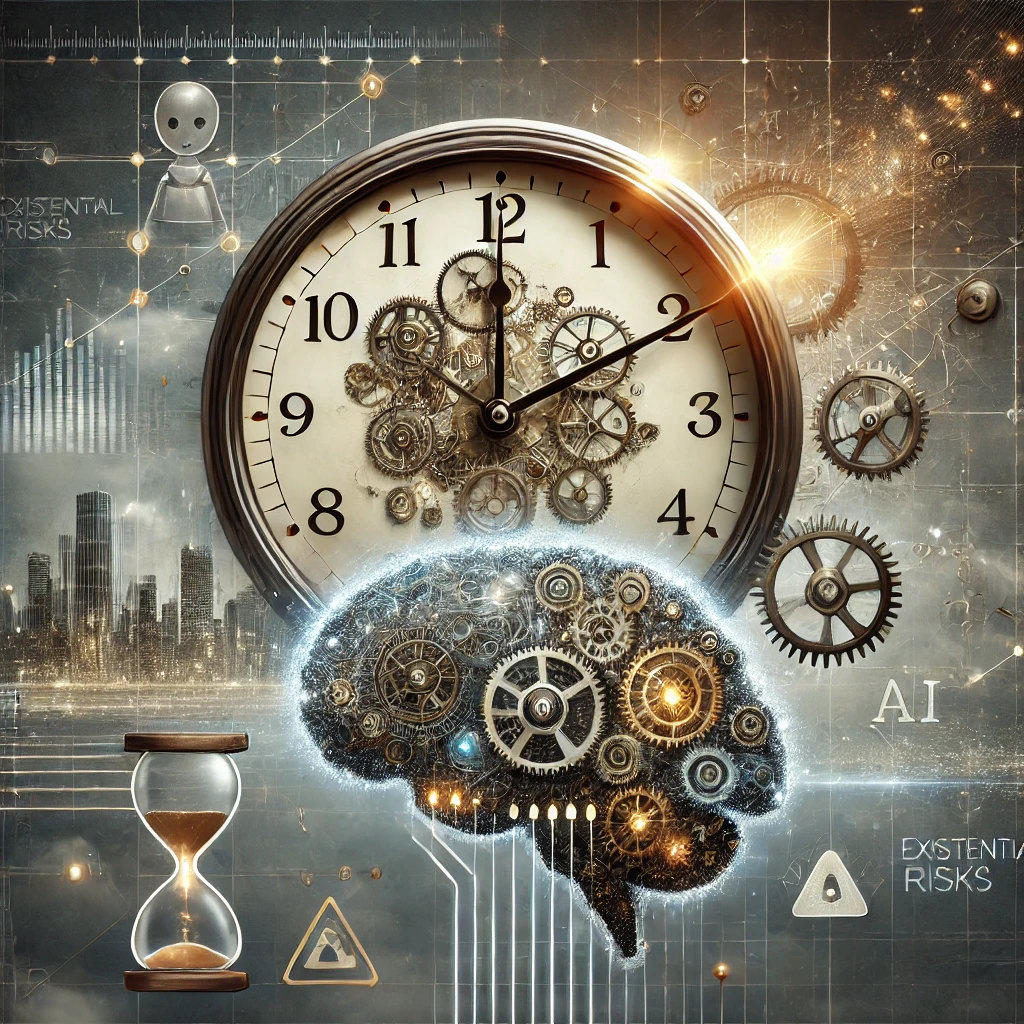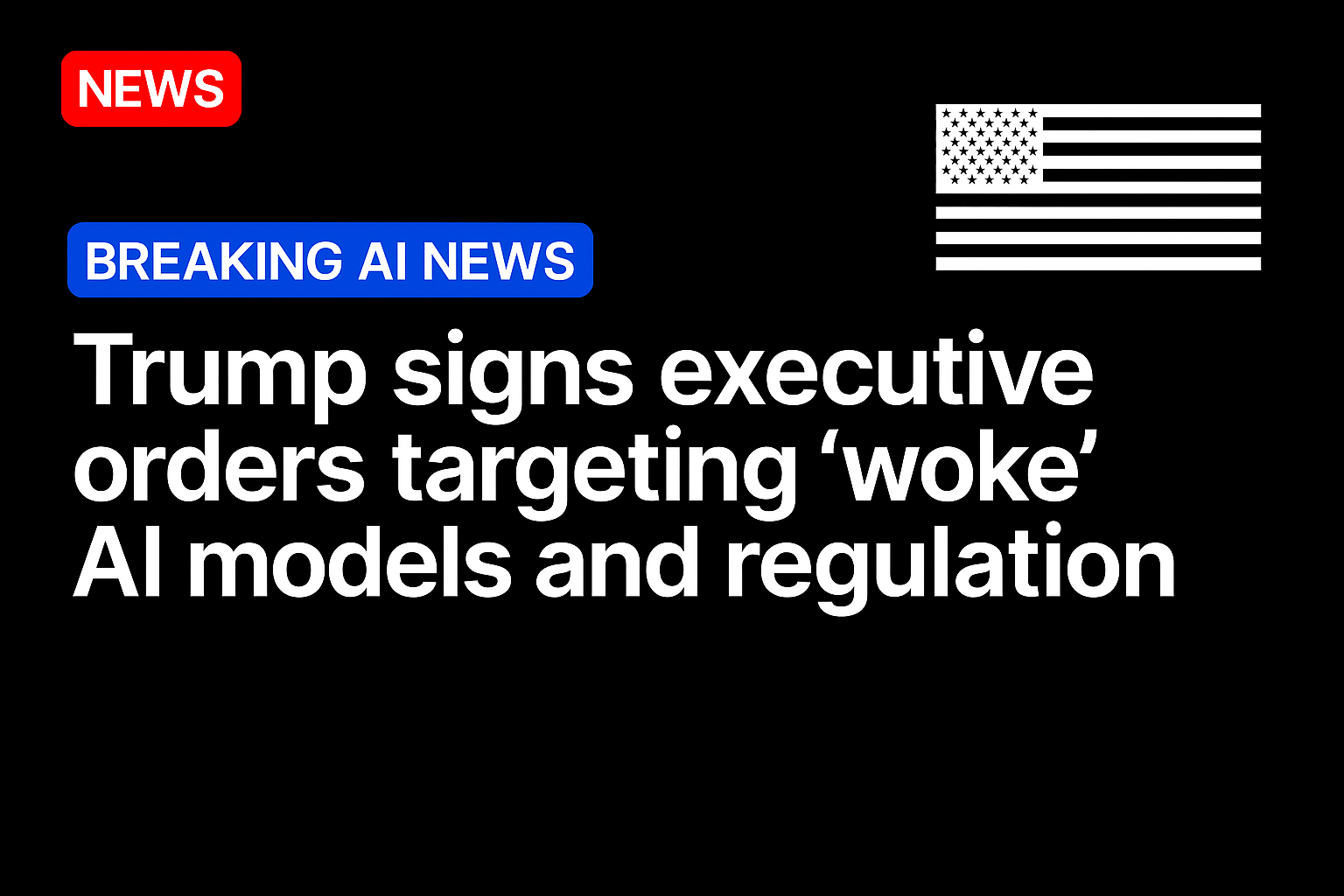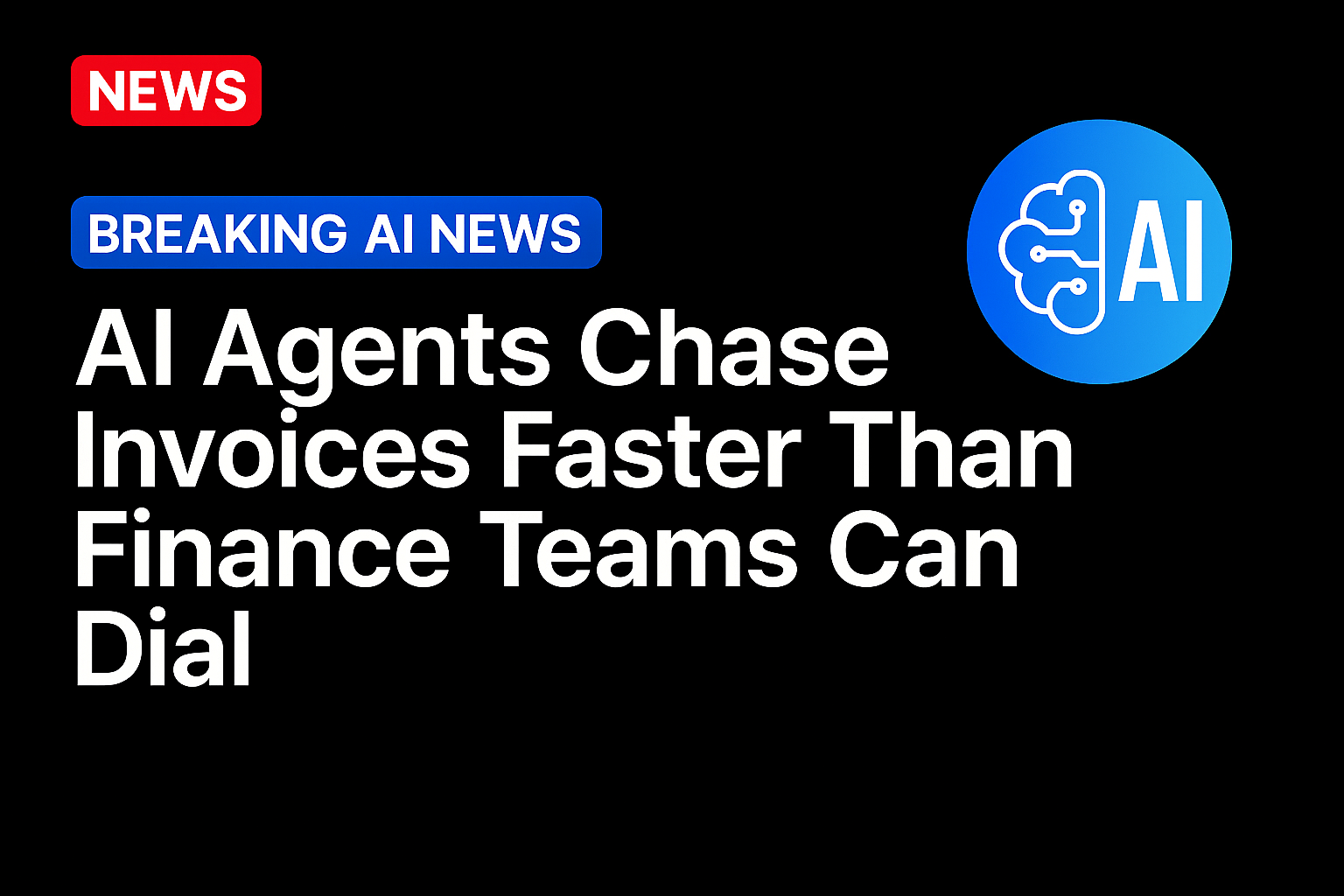As advancements in artificial intelligence (AI) continue to accelerate, discussions about the technology’s potential risks have grown more urgent. With the creation of the AI Safety Clock, a tool designed to measure how close we are to critical points of no return in AI development, we can now gain deeper insights into the existential threats posed by unregulated or poorly managed AI systems.
The AI Safety Clock functions as a metaphorical countdown, assessing various indicators of risk, including the pace of technological progress, governance failures, and the development of powerful AI systems that could surpass human capabilities. Much like the Doomsday Clock, which measures humanity’s proximity to catastrophic events like nuclear war, the AI Safety Clock tracks our approach to potentially dangerous milestones in AI development. Its aim is to raise awareness and encourage timely interventions before we reach critical tipping points.
When I launched the AI Safety Clock, the initial findings were both sobering and eye-opening. The Clock doesn’t just track technological progress, but also human preparedness—our ability to implement safeguards, ethical guidelines, and effective regulations to prevent AI from spiraling out of control. Right now, the results are concerning: the clock hands are moving faster than anticipated, as AI capabilities outpace the regulatory frameworks meant to manage them.
One of the key risks identified by the Clock is the development of autonomous AI systems that could operate without human oversight. While such systems could bring tremendous benefits in fields like healthcare, finance, and scientific research, they also introduce significant risks. Without proper governance, AI systems could be used in ways that are harmful, such as in autonomous weapons, misinformation campaigns, or surveillance infrastructure, potentially undermining global stability.
Another critical concern highlighted by the AI Safety Clock is the lack of international cooperation on AI regulation. Different countries are racing to become leaders in AI, often at the expense of long-term safety measures. The lack of coordination on safety protocols, data sharing, and ethical standards heightens the risk of AI misuse. If nations prioritize AI dominance over safety, the probability of dangerous, unintended consequences increases dramatically.
Furthermore, the Clock suggests that the public’s understanding of AI risks remains limited. While there is growing awareness about AI’s potential benefits, fewer people grasp the existential risks posed by advanced AI systems, such as the possibility of AI surpassing human intelligence or being co-opted for malicious purposes. The AI Safety Clock emphasizes the need for widespread public education, urging everyone—from policymakers to everyday citizens—to engage in conversations about AI safety.
Despite these challenges, the AI Safety Clock is not a prediction of inevitable doom. Instead, it serves as a wake-up call, a tool that reminds us there is still time to act—but only if we move quickly and decisively. It encourages collective action to establish better regulatory frameworks, ethical guidelines, and cross-border collaborations. The goal is to ensure that AI evolves in a manner that benefits humanity, rather than becoming a threat.
In launching the AI Safety Clock, I hope to spark a broader dialogue about the existential risks we face and how we can mitigate them. AI has the potential to solve some of humanity’s greatest challenges, but only if we approach its development with caution and foresight. The hands of the AI Safety Clock are moving, but we still have the power to influence where they stop.





